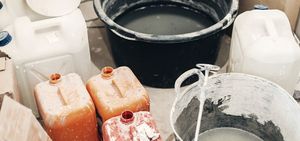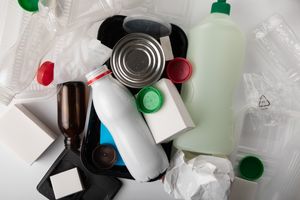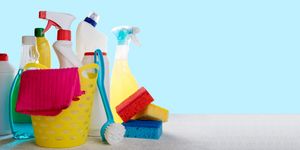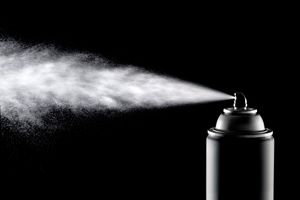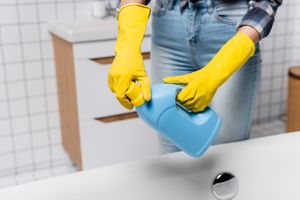Guide to Small-Scale Hazardous Spill Cleanup
This is a info alert
This is a danger alert
This is a success alert
This is a warning alert
This is a dark alert

Introduction
Small-scale hazardous spills, such as minor household chemical leaks or small business spills, may seem manageable but can still pose risks to health and the environment. This guide provides practical steps to safely contain, clean up, and dispose of hazardous materials in compliance with Western New York regulations.
1. Common Small-Scale Spills
A. Household Spills
Cleaning products (bleach, ammonia, drain cleaners)
Automotive fluids (motor oil, antifreeze, gasoline)
Paints, solvents, and pesticides
B. Small Business Spills
Laboratory chemicals
Small-scale industrial solvents
Spilled fuel from machinery
2. Immediate Response Steps
A. Safety First
Ventilate the area to prevent inhalation of fumes.
Wear protective gear such as gloves and goggles.
Keep pets and children away from the spill site.
B. Contain the Spill
Use absorbent materials (paper towels, kitty litter, sand) to soak up liquids.
Place barriers around drains and sinks to prevent contamination of water sources.
If dealing with a dry spill, avoid sweeping—dampen it first to prevent dust spread.
C. Identify the Substance
Refer to product labels or Safety Data Sheets (SDS).
If unknown, contact a local poison control center or hazardous materials expert.
D. Proper Cleanup & Disposal
Use appropriate spill cleanup kits (available at hardware stores).
Place contaminated absorbents in a sealed container.
Do NOT dispose of hazardous waste in regular trash or drains—take it to a local hazardous waste facility.
3. Local Disposal & Reporting Guidelines for Western New York
Location | Disposal Facility | Contact Information |
|---|---|---|
Buffalo, NY | Erie County Household Hazardous Waste Collection | 716-858-6800 |
Niagara Falls, NY | Niagara County Recycling & Waste Services | 716-439-7240 |
Rochester, NY | Monroe County Ecopark | 585-753-7600 |
Schedule drop-offs for hazardous waste materials.
Some areas offer hazardous waste collection events—check local environmental agencies.
4. Preventing Future Spills
A. Proper Storage & Labeling
Keep chemicals in their original containers with clear labels.
Store in a cool, dry place away from children and pets.
B. Safe Handling Practices
Always read instructions before use.
Avoid mixing chemicals—some combinations are dangerous (e.g., bleach and ammonia).
C. Keep Emergency Supplies Ready
Have a household spill kit with absorbents and protective gear.
Store emergency contact numbers for poison control and waste facilities.
Conclusion
Even small spills require proper handling to prevent harm and environmental damage. By following safe cleanup procedures, proper disposal practices, and preventative measures, residents and businesses can minimize risks.
Need assistance with hazardous waste disposal in Western New York? Contact your local hazardous waste facility or environmental agency for guidance!
🔄 Next Steps in Spill Preparedness & Response
Looking to deepen your understanding or take action? Explore these related resources:
